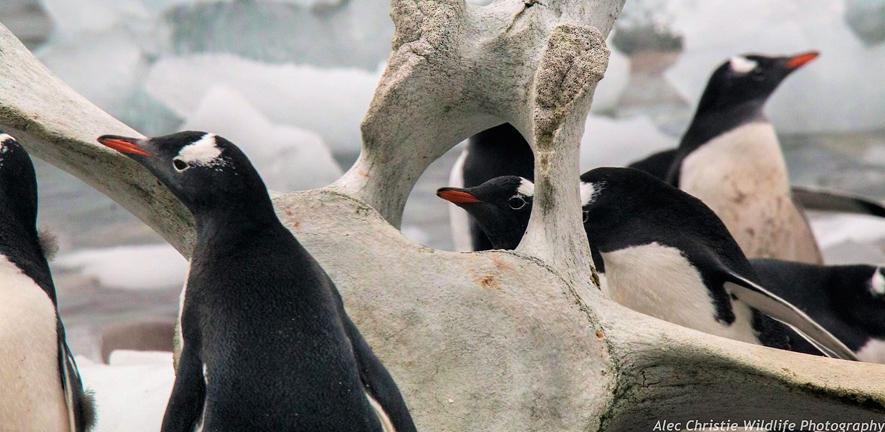
Submitted by Rachel Aucott on Mon, 07/09/2020 - 11:09
Go to your doctor and they’ll give you the best treatment based on the scientific evidence. So why can’t we do the same for biodiversity? Using evidence can help us learn from others past failures and successes and help find the best ways to conserve and protect species threatened with extinction. To enable this, the Conservation Evidence project (www.conservationevidence.com), University of Cambridge, has been collating the evidence that tests which conservation actions work (e.g., does using different types of nets help reduce accidental deaths of seabirds?). Now two large analyses of this global evidence have identified severe biases and gaps that threatened efforts to make conservation more evidence-based.
In two of his latest papers, PhD student Alec Christie, in collaboration with Professor William Sutherland, Dr Tatsuya Amano (University of Queensland), Dr David Williams (University of Leeds), and the Conservation Evidence team (University of Cambridge), analysed where in the world studies tested conservation actions and on which amphibian and bird species.
In the first paper, evidence was found to be patchy and particularly few studies were conducted outside of North America, Europe and Australasia; these studies also tended to be less well-designed, potentially yielding less credible evidence. Concerningly, there were also fewer studies conducted in locations with greater numbers of threatened species (e.g., in the tropics), suggesting a mismatch between where conservationists test conservation actions and where they are needed. There was also little or no evidence for entire groups of amphibians (e.g., limbless caecilians) and birds (e.g., hornbills and hoopoes).
In the second paper, the focus was shifted to look at how much evidence is available on a local scale. Decision-makers typically prefer to use evidence that is locally relevant to them (i.e., studies that are conducted on relevant species or in a relevant location or habitat). Most parts of the world lacked evidence from locally conducted studies; for decision-makers in parts of the world with the most threatened species (e.g., the tropics), there were extremely few studies for relevant species or habitats.
These biases and gaps in the evidence base for conservation are clearly severe and highlight a major mismatch between where research is conducted and where it is needed. More prioritised funding is needed to test, more rigorously, whether conservation actions work for threatened species and in underrepresented parts of the world (e.g., large parts of Africa, South America, Russia, and Asia).
The first paper was published by Conservation Biology: Christie, A. P., Amano, T., Martin, P. A., Petrovan, S. O., Shackelford, G. E., Simmons, B. I., Smith, R. K., Williams, D. R., Wordley, C. F. R., & Sutherland, W. J. (2020). The challenge of biased evidence in conservation. Conservation Biology. Early View Article. https://doi.org/10.1111/cobi.13577
The second paper was published by Biological Conservation: Christie, A. P., Amano, T., Martin, P. A., Petrovan, S. O., Shackelford, G. E., Simmons, B. I., Smith, R. K., Williams, D. R., Wordley, C. F. R., & Sutherland, W. J. (2020). Poor availability of context-specific evidence hampers decision-making in conservation. Biological Conservation. 248. https://doi.org/10.1016/j.biocon.2020.108666
